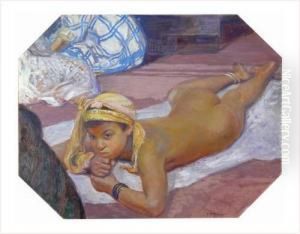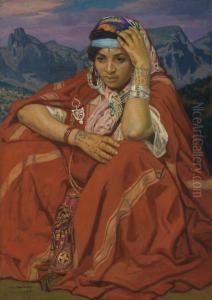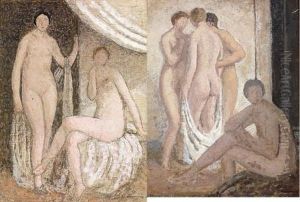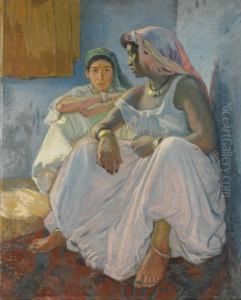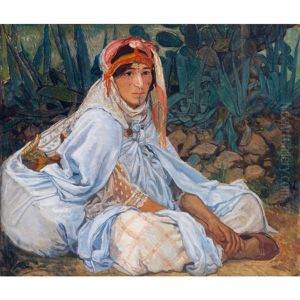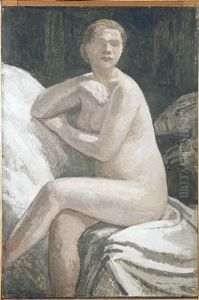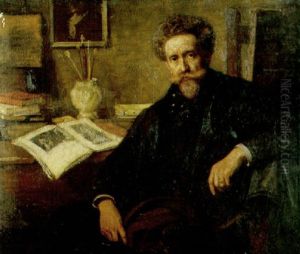Jules Migonney Paintings
Jules Migonney was a French painter known for his work during the late 19th and early 20th centuries. Born in 1876, Migonney was part of the post-impressionist movement, which focused on conveying emotion and perception beyond the strictures of impressionism. His style was known for its vibrant colors, bold brushwork, and a focus on light and movement which characterized much of post-impressionist art.
Migonney's early work was influenced by the likes of Claude Monet and Pierre-Auguste Renoir, but he gradually developed his unique approach to painting. He was particularly interested in capturing the dynamism of modern life, and his subjects often included urban scenes, landscapes, and figures. Unlike many of his contemporaries who were drawn to the countryside, Migonney was enchanted by the cityscape and its changing light, which he portrayed in a series of paintings that reflect the influence of the bustling modern city on the individual.
Throughout his career, Migonney exhibited his work in various salons and galleries. His paintings were well-received and he was considered a talented artist of his time. However, he did not achieve the same level of fame or lasting recognition as some of his contemporaries, such as Vincent van Gogh or Paul Cézanne. Despite this, his work was influential in the development of early 20th-century art and continues to be appreciated by art historians and collectors.
Migonney's life was cut short when he died in 1927 at the age of 51. Although his career was relatively brief, his artwork left an indelible mark on the post-impressionist movement. Today, Jules Migonney's paintings can be found in various art museums and private collections, where they are celebrated for their contribution to the evolution of modern art.

